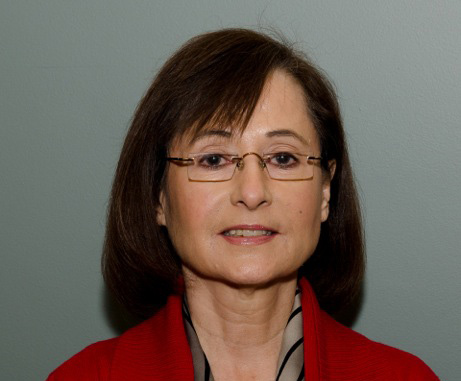
The National Science Foundation has awarded $3 million to researchers at Stanford University Graduate School of Education and NYU Steinhardt School of Culture, Education, and Human Development to create a language-focused science curriculum for fifth graders.
The four-year project, which began Sept. 1, will pay particular attention to developing science education that supports English language learners.
The curriculum will align with the Next Generation Science Standards, an effort to rethink and improve how science is taught and learned in U.S. classrooms. The new standards, which grew out of the National Research Council’s Framework for K-12 Science Education, were released in 2013 and, to date, have been adopted by 14 states and the District of Columbia.
During the first three years of the project, researchers will develop and do field tests on instructional materials that will form the basis of a yearlong curriculum for fifth graders. The curriculum will be designed for all students, especially English language learners, responding to the nation’s diverse and rapidly changing student demographics. As of 2013, Census data show that 22 percent of students(link is external) speak a language other than English at home.
In the project’s fourth and final year, a pilot study will be conducted in schools in California and New Jersey; it will use a randomized controlled trial design to measure the impact of the curriculum on science learning and language development for all students, including English language learners, and how the curriculum affects teachers’ instructional practices.
“The experiences and interactions that will take place in classrooms informed by the Next Generation Science Standards offer an ideal opportunity for English language learners to develop English,” said Guadalupe Valdés, professor of education at Stanford and one of three principal investigator. “By engaging in science practices, they will explore important concepts in science at the same time that they participate in meaningful sense-making interactions with their peers.”
The other two principal investigators are Okhee Lee, professor of childhood education at NYU Steinhardt, and Lorena Llosa, associate professor of education at NYU Steinhardt. Helen Quinn, professor emerita of physics at Stanford University and lead author of the Framework for K-12 Science Education, will also be working on the project.
“The Next Generation Science Standards represent a major shift from previous generations of science standards, which might have been about learning specific concepts like biosphere and hydrosphere. The new science standards ask fifth graders to develop a model of how the geosphere, biosphere, hydrosphere, and atmosphere interact,” said Lee, who was also a member of the Next Generation Science Standards writing team and the leader of the standards’ Diversity and Equity team.
“The new standards are less about facts and memorizing information, and more about figuring things out and coming up with evidence to support your argument,” Lee added. The standards expect students to explain phenomena and design solutions to problems by blending science and engineering practices, core ideas in science disciplines, and crosscutting concepts that apply across science disciplines.
Elementary schools have traditionally lacked educational materials to teach science, let alone science aligning with the new standards and needs of English language learners.
“The new standards are shifting how science is taught, but they’re also shifting how language can be taught and learned,” said Llosa.
The language approach will emphasize analytical tasks aimed at making sense of and constructing scientific knowledge, using listening, reading, speaking, and writing.
“Rather than focusing on grammar and vocabulary, our project takes a functional and holistic approach to language,” said Llosa. “The curriculum will focus on the science, and language will be used in the service of learning science.”
The researchers hope that the curriculum and research results from the project will help reduce the science achievement gaps between English language learners and non-English language learners to enable all students to be college- and career-ready in STEM areas.
This story was adapted from the original version written by Rachel Harrison, a public affairs officer at NYU, and published on the NYU website.
Subscribe to our monthly newsletter.